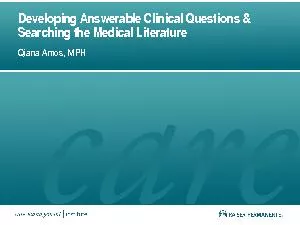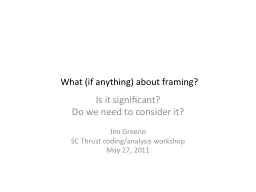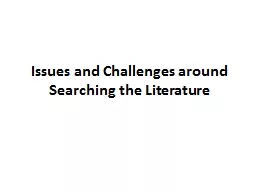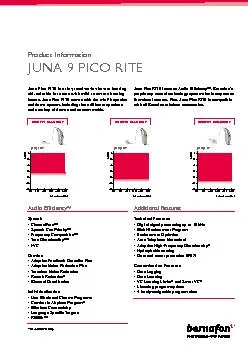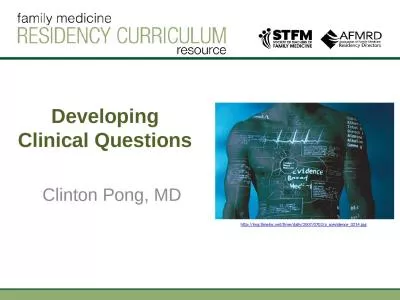PDF-Developing Answerable Clinical Questions Searching the Medical Literature Qiana Amos
Author : test | Published Date : 2015-02-17
Albert Einstein To ensure your initiative is aligned with your strategy you need to be rigorous in defining the problem you are trying to solve and why those issues
Presentation Embed Code
Download Presentation
Download Presentation The PPT/PDF document "Developing Answerable Clinical Questions..." is the property of its rightful owner. Permission is granted to download and print the materials on this website for personal, non-commercial use only, and to display it on your personal computer provided you do not modify the materials and that you retain all copyright notices contained in the materials. By downloading content from our website, you accept the terms of this agreement.
Developing Answerable Clinical Questions Searching the Medical Literature Qiana Amos: Transcript
Download Rules Of Document
"Developing Answerable Clinical Questions Searching the Medical Literature Qiana Amos"The content belongs to its owner. You may download and print it for personal use, without modification, and keep all copyright notices. By downloading, you agree to these terms.
Related Documents

